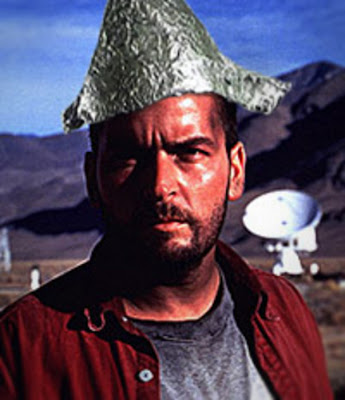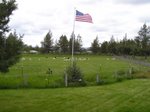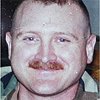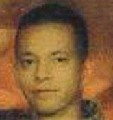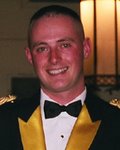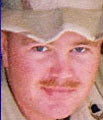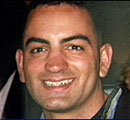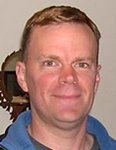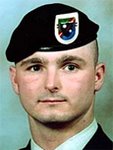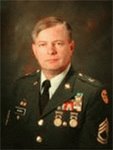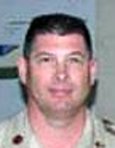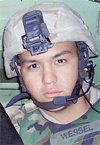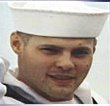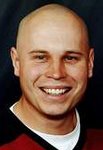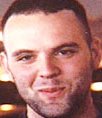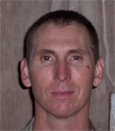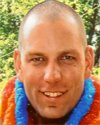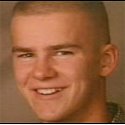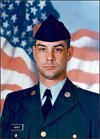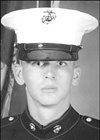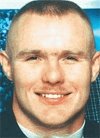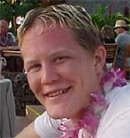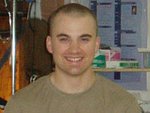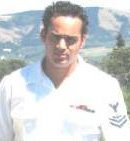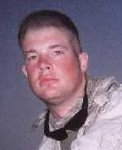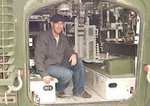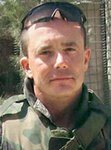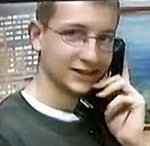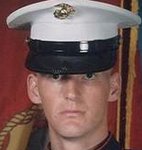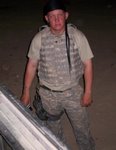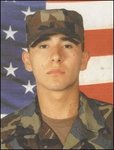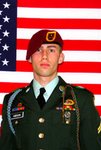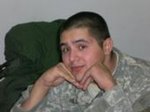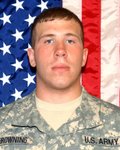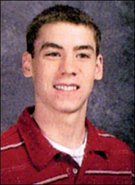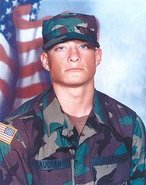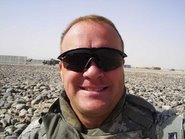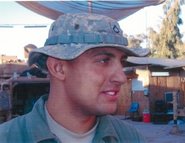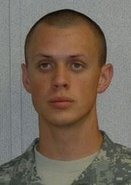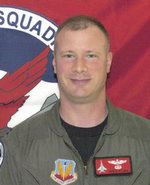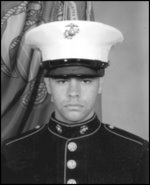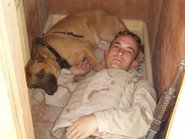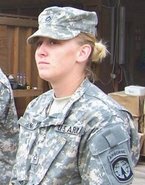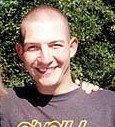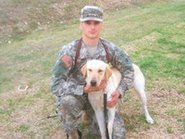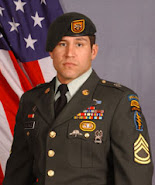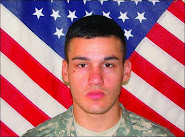I sweat, and I am tired. My back aches from the loads I carry. Young American boys look to me to direct them in a manner that will someday allow them to see their families again...and yet, I too, am just a boy....my age not but a few years more than that of the ones I lead. I am stressed, I am scared, and I am paranoid...because death is everywhere. It waits for me, it calls to me from around street corners and windows, and it is always there.
There are the demons that follow me, and tempt me into thoughts and actions that are not my own...but that are necessary for survival. I've made compromises with my humanity. And I am not alone in this. Miles from me are my brethren in this world, who walk in the same streets... who feel the same things, whether they admit to it or not.
And to think, I volunteered for this...
And I am ignorant to the rest of the world...or so I thought.
But even thousands of miles away, in Ramadi, Iraq, the cries and screams and complaints of the ungrateful reach me. In a year, I will be thrust back into society from a life and mentality that doesn't fit your average man. And then, I will be alone. And then, I will walk down the streets of America, and see the yellow ribbon stickers on the cars of the same people who compare our President to Hitler.
I will watch the television and watch the Cindy Sheehans, and the Al Frankens, and the rest of the ignorant sheep of America spout off their mouths about a subject they know nothing about. It is their right, however, and it is a right that is defended by hundreds of thousands of boys and girls scattered across the world, far from home. I use the word boys and girls, because that's what they are. In the Army, the average age of the infantryman is nineteen years old. The average rank of soldiers killed in action is Private First Class.
People like Cindy Sheehan are ignorant. Not just to this war, but to the results of their idiotic ramblings, or at least I hope they are. They don't realize its effects on this war. In this war, there are no Geneva Conventions, no cease fires. Medics and Chaplains are not spared from the enemy's brutality because it's against the rules. I can only imagine the horrors a military Chaplain would experience at the hands of the enemy. The enemy slinks in the shadows and fights a coward’s war against us. It is effective though, as many men and women have died since the start of this war. And the memory of their service to America is tainted by the inconsiderate remarks on our nation's news outlets. And every day, the enemy changes...only now, the enemy is becoming something new. The enemy is transitioning from the Muslim extremists to Americans. The enemy is becoming the very people whom we defend with our lives. And they do not realize it. But in denouncing our actions, denouncing our leaders, denouncing the war we live and fight, they are isolating the military from society... and they are becoming our enemy.
Democrats and peace activists like to toss the word "quagmire" around and compare this war to Vietnam. In a way they are right, this war is becoming like Vietnam. Not the actual war, but in the isolation of country and military. America is not a nation at war; they are a nation with its military at war. Like it or not, we are here, some of us for our second, or third times; some even for their fourth and so on. Americans are so concerned now with politics, that it is interfering with our war.
Terrorists cut the heads off of American citizens on the internet...and there is no outrage, but an American soldier kills an Iraqi in the midst of battle, and there are investigations, and sometimes soldiers are even jailed...for doing their job.
It is absolutely sickening to me to think our country has come to this. Why are we so obsessed with the bad news? Why will people stop at nothing to be against this war, no matter how much evidence of the good we've done is thrown in their face? When is the last time CNN or MSNBC or CBS reported the opening of schools and hospitals in Iraq? Or the leaders of terror cells being detained or killed? It's all happening, but people will not let up their hatred of President Bush. They will ignore the good news, because it just might show people that Bush was right.
America has lost its will to fight. It has lost its will to defend what is right and just in the world. The crazy thing of it all is that the American people have not even been asked to sacrifice a single thing. It’s not like World War II, where people rationed food and turned in cars to be made into metal for tanks. The American people have not been asked to sacrifice anything. Unless you are in the military or the family member of a servicemember, its life as usual...the war doesn't affect you.
But it affects us. And when it is over and the troops come home and they try to piece together what's left of them after their service...where will the detractors be then? Where will the Cindy Sheehans be to comfort and talk to soldiers and help them sort out the last couple years of their lives, most of which have been spent dodging death and wading through the deaths of their friends? They will be where they always are, somewhere far away, where the horrors of the world can't touch them. Somewhere where they can complain about things they will never experience in their lifetime; things that the young men and women of America have willingly taken upon their shoulders.
We are the hope of the Iraqi people. They want what everyone else wants in life: safety, security, somewhere to call home. They want a country that is safe to raise their children in. Not a place where their children will be abducted, raped and murdered if they do not comply with the terrorists demands. They want to live on, rebuild and prosper. And America has given them the opportunity, but only if we stay true to the cause and see it to its end. But the country must unite in this endeavor...we cannot place the burden on our military alone. We must all stand up and fight, whether in uniform or not. And supporting us is more than sticking yellow ribbon stickers on your cars. It's supporting our President, our troops and our cause.
Right now, the burden is all on the American soldiers. Right now, hope rides alone. But it can change, it must change. Because there is only failure and darkness ahead for us as a country, as a people, if it doesn't.
Let's stop all the political nonsense, let's stop all the bickering, let's stop all the bad news and let's stand and fight!Isn't that what America is about anyway?








































